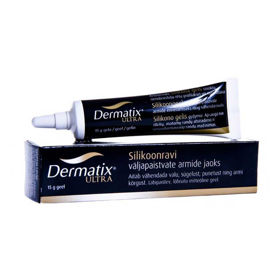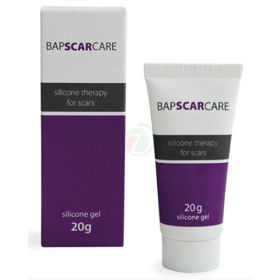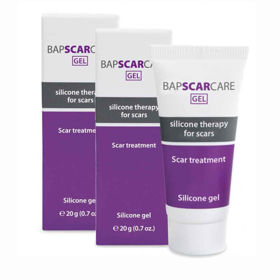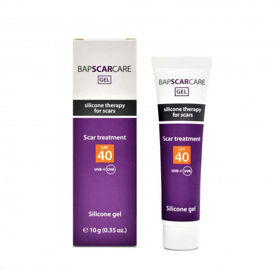Customer question:
How does the wound heal? How can we help each other?
Pharmacist's response:
Wound healing is a highly complex process by which the body heals and protects itself after injury or surgery. Over time, new tissue forms at the site of the damage, which heals the wound.
Wound healing thus consists of several successive phases, which take place in the following order:
Bleeding Phase: When an intentional or unintentional injury to the skin layer occurs, the blood vessels open, and blood begins to flow to the surface. This phase is intended to drain the blood from the wound to prevent further bleeding.
Hemostasis phase: As blood flows out of the wound, platelets collect on the surface of the injury, forming a so-called thrombus. The thrombus closes the damaged blood vessels (if the damage is not too significant and extensive) and thus prevents further bleeding.
Inflammation phase: After closing the damaged blood vessels, the inflammatory process is triggered. This happens because the body tries to eliminate dead cells and prevent further infections. During this period, many biologically active substances, such as enzymes, bacteria, and factors that form the immune system, are released into the wound.
Proliferation phase: After removing dead cells and preventing infection, the tissue renewal process begins. In this phase, new cells start to repair the tissue damage.
Remodeling phase: In this phase, the regenerated tissue adapts to the new circumstances and becomes stronger. This phase can last from a few months to a few years, depending on the size and depth of the wound. You can help yourself in each of the phases, especially in this phase of remodeling you can help by applying Dermatix silicone gel< /a>.
Wound healing is a process that takes place automatically and depends on several factors, such as:
- type of wound,
- age of the person,
- the general health of the person and
- location of the damage.
Proper wound care can often speed up healing and prevent possible complications. This includes cleaning the wound regularly, using the appropriate wound medication, and wearing appropriate clothing to protect from the damage.
Interesting reading: Wound-care Wounds: ADVICE OF A PHARMACIST
Interesting reading: Yellow discharge from a wound












 Facebook
Facebook
 Instagram
Instagram
 info@moja-lekarna.com
info@moja-lekarna.com

